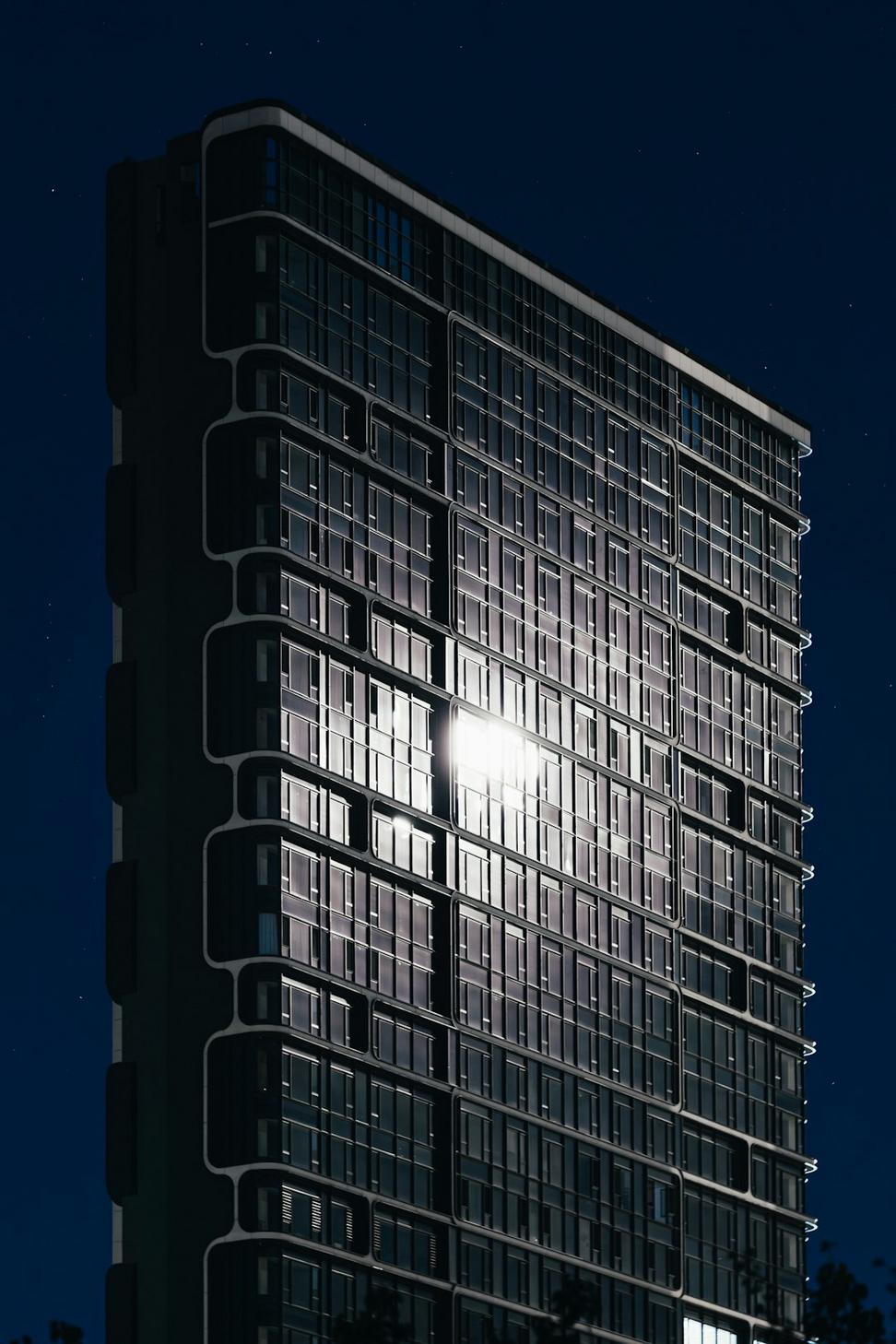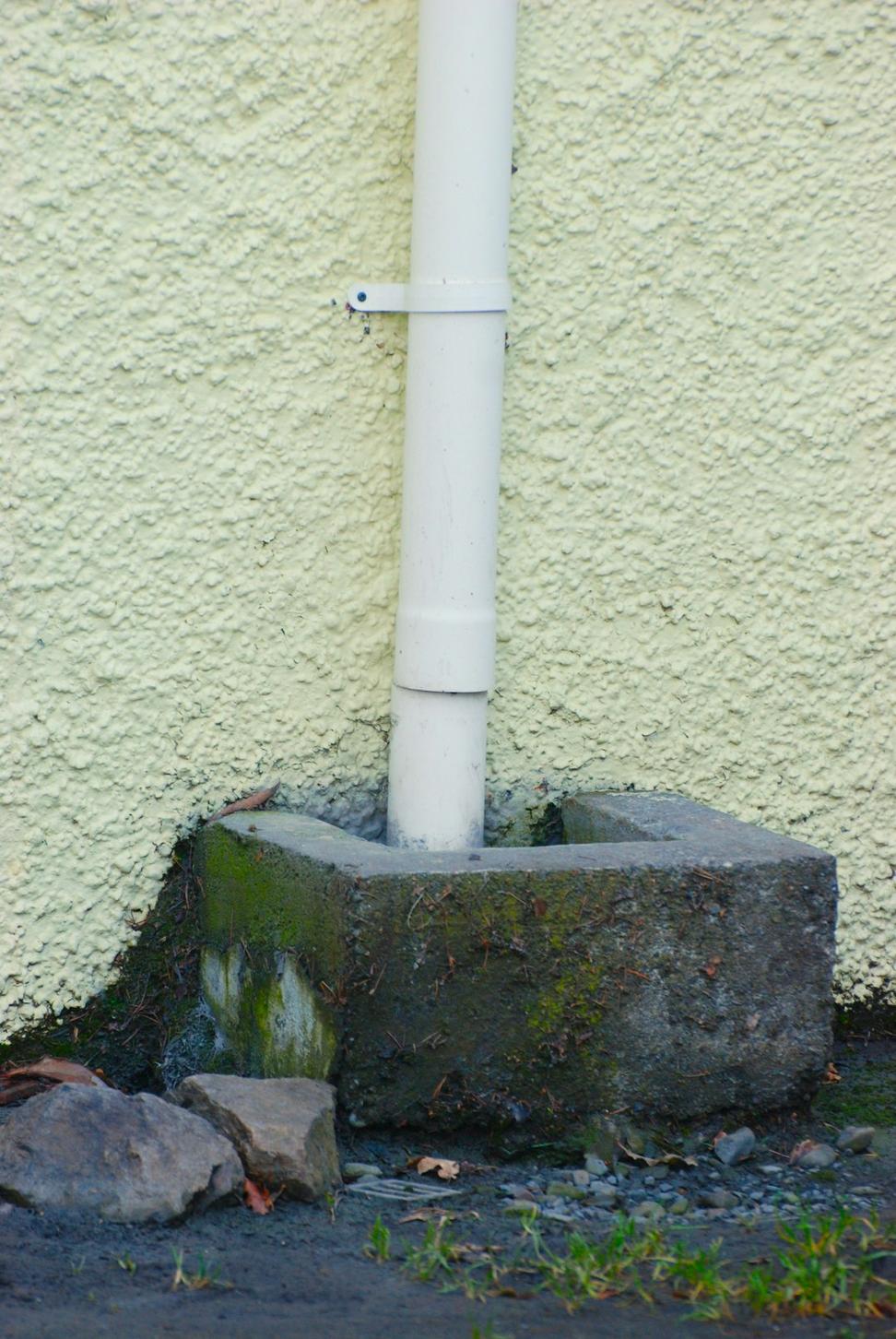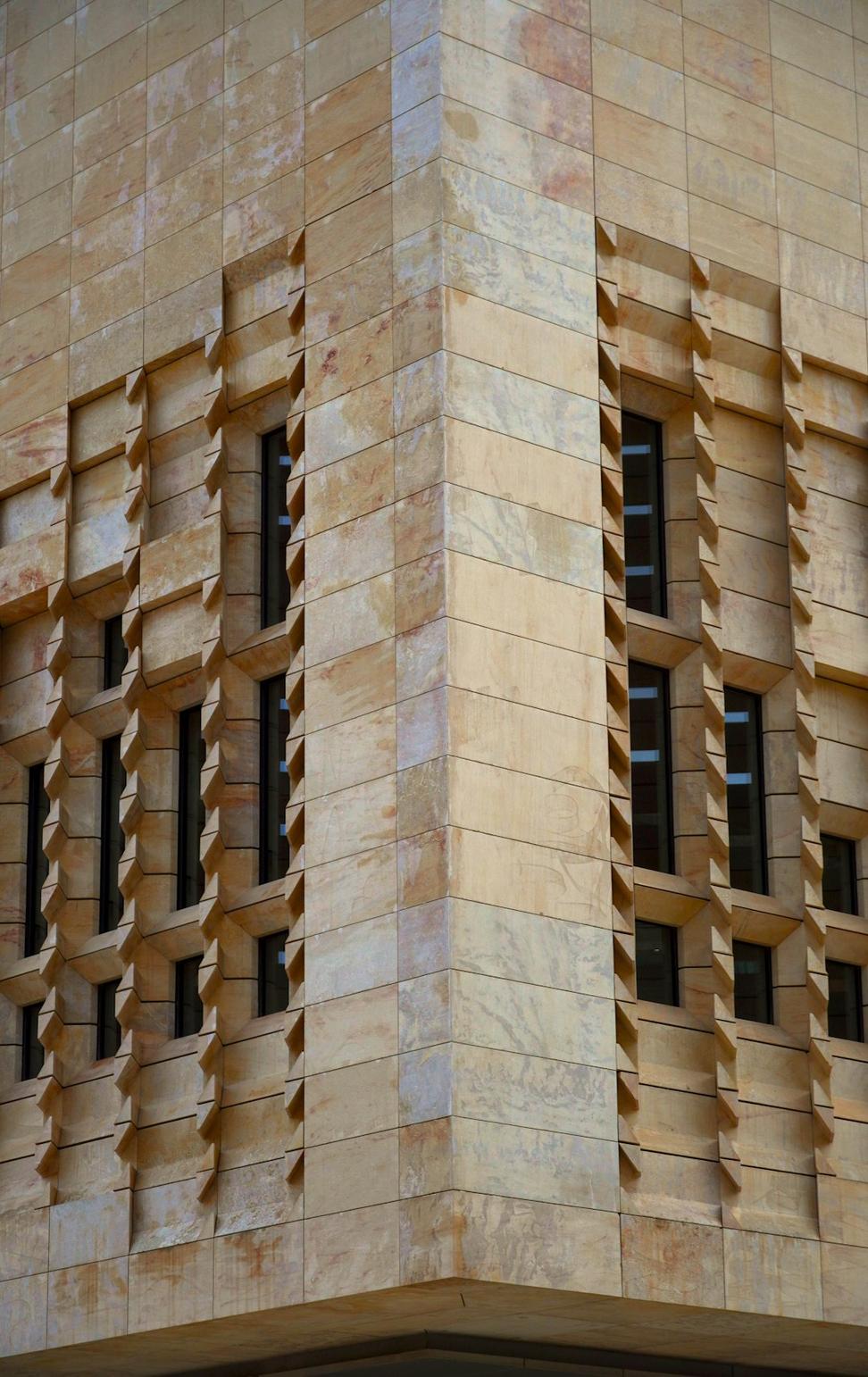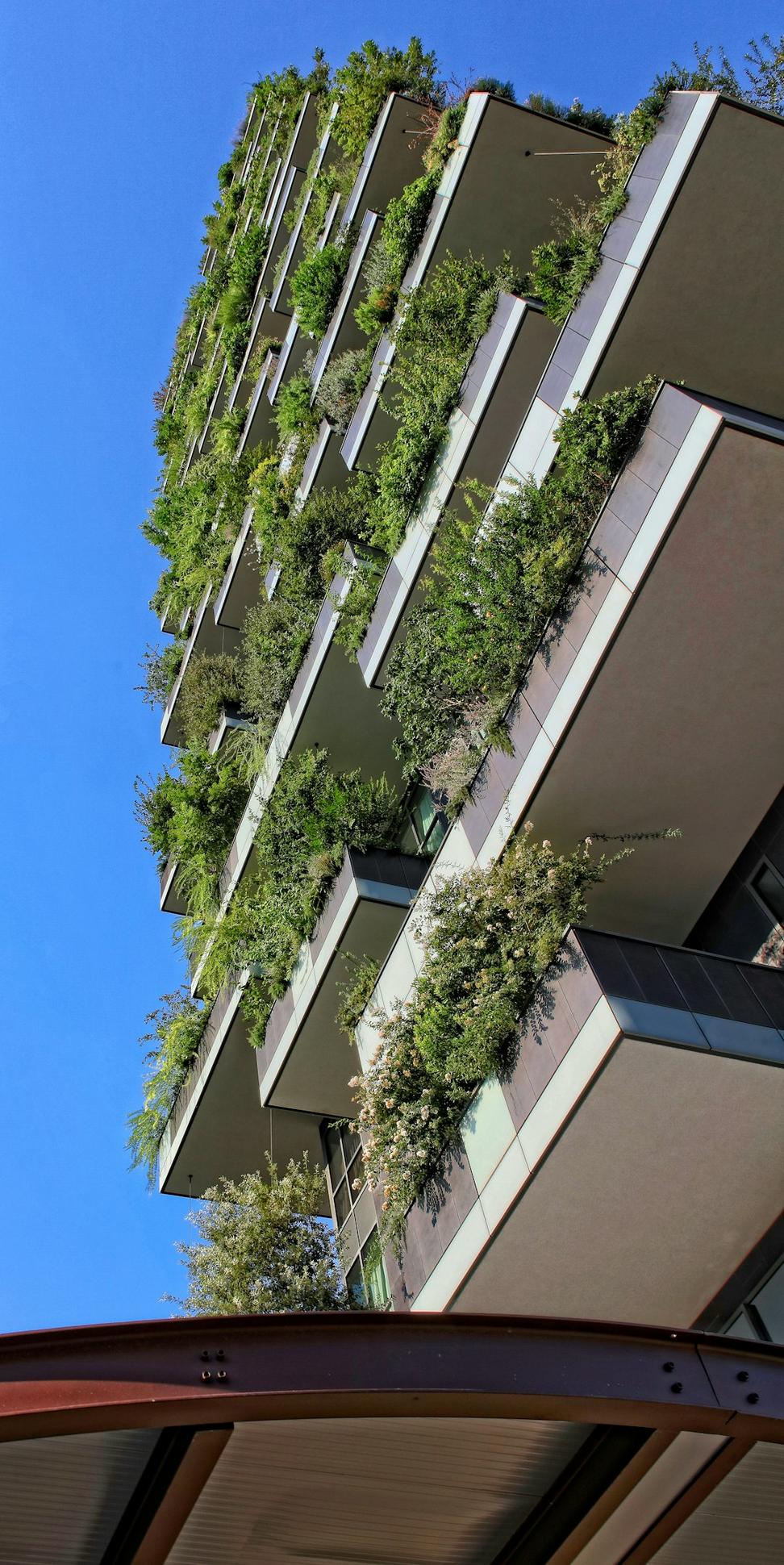
Energy That Makes Sense
We've integrated solar systems into 87% of our residential projects over the past 3 years. Not because clients always ask for it upfront (though more are), but because we show them the 20-year math and suddenly it clicks.
Average energy reduction: 64% across completed projects

Water Systems That Work
Rainwater harvesting, greywater recycling, low-flow everything – yeah, it sounds like a hippie commune setup, but Toronto's water bills aren't getting cheaper. Plus, the infrastructure can handle it when you design it right from the start.
Average water savings: 48% in residential builds
LEED Certifications
Including 7 Gold and 3 Platinum ratings since 2018
Material Sourcing
Of our materials come from within 800km – supporting local and cutting transport emissions
kg CO2 Offset
Annual carbon reduction from our completed projects (verified 2024)

